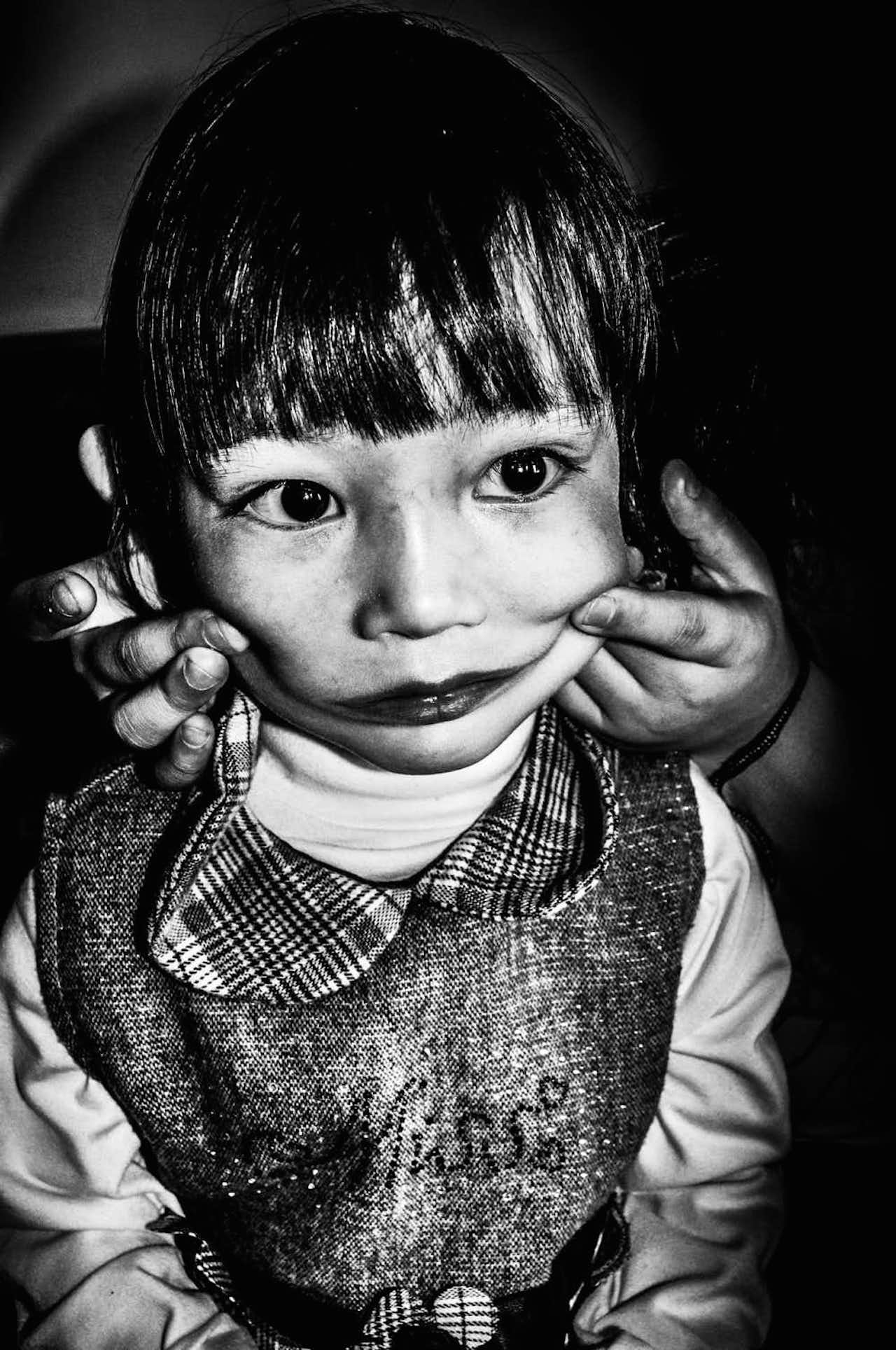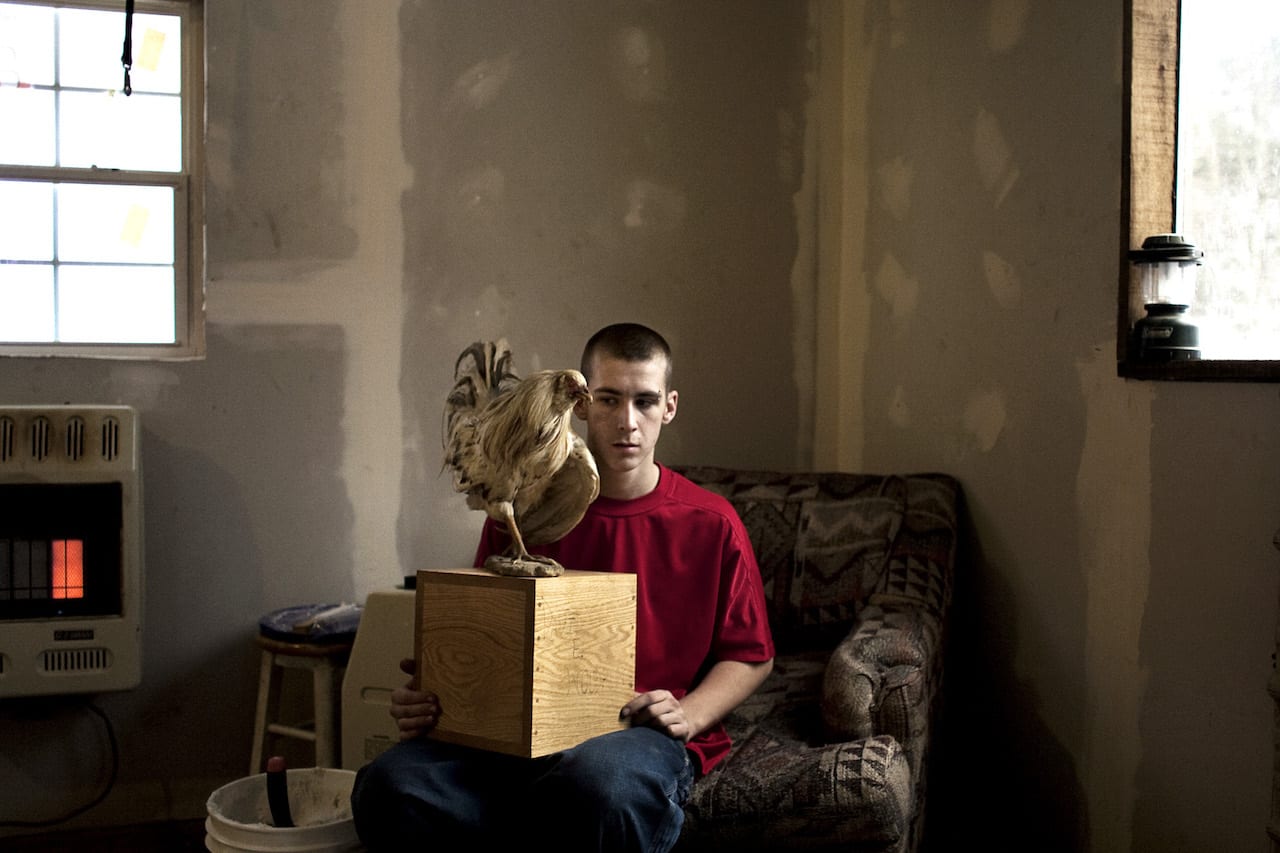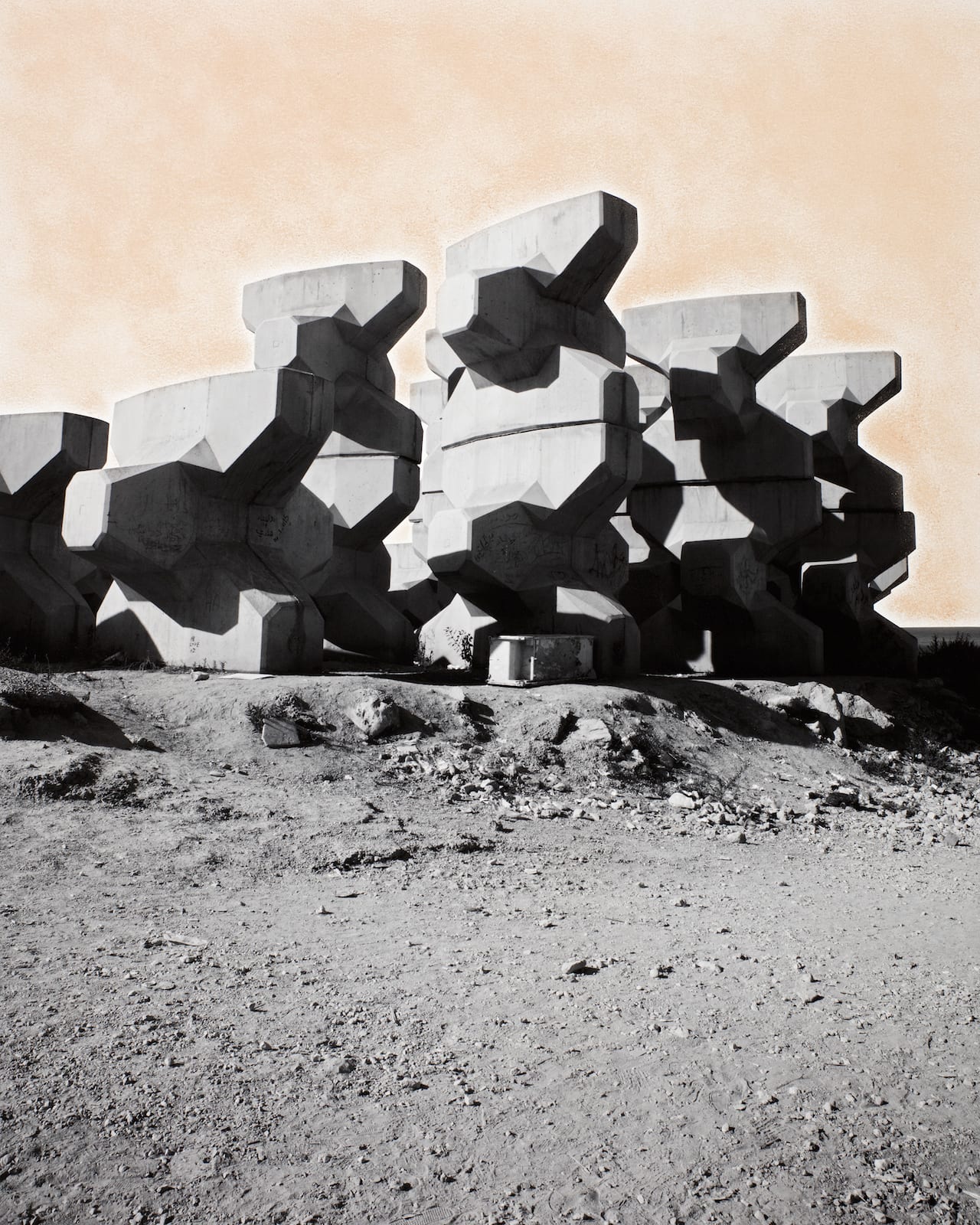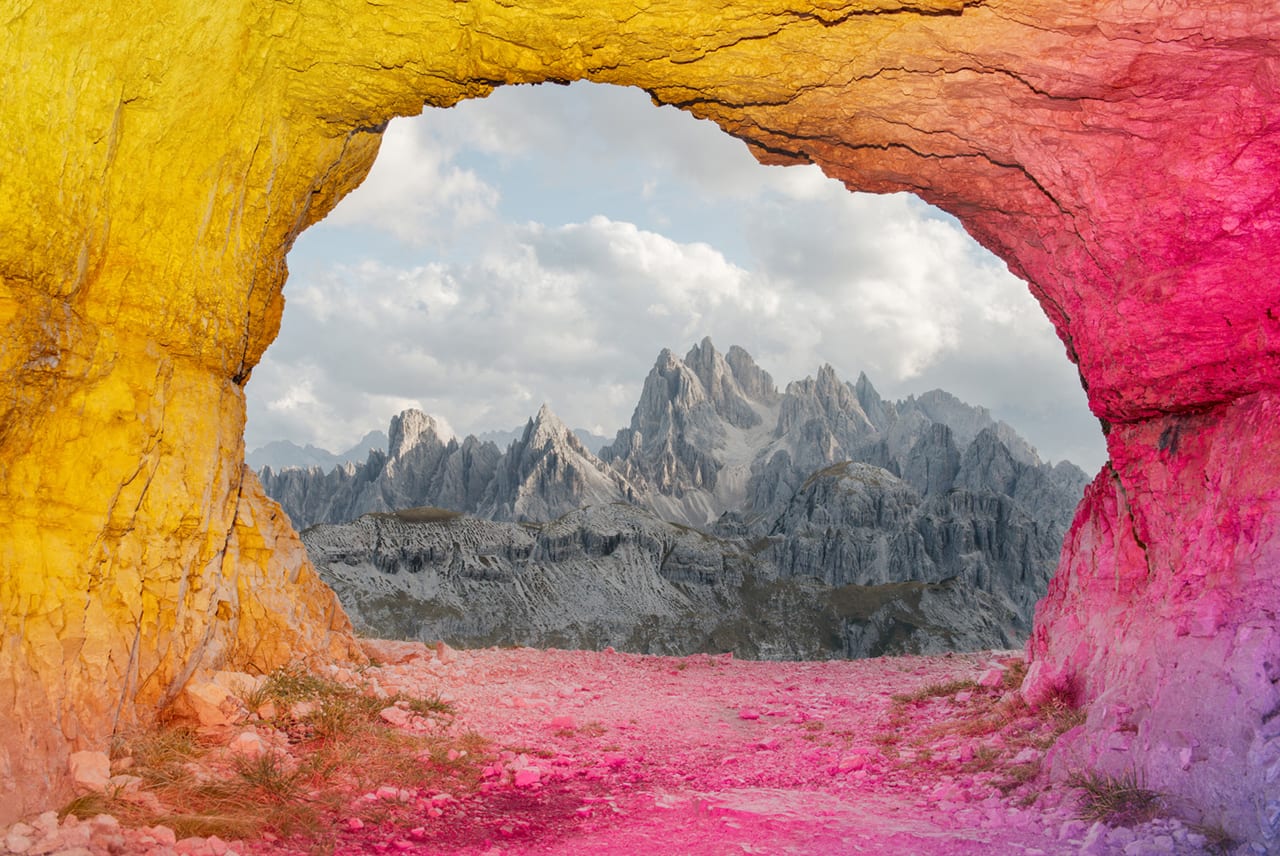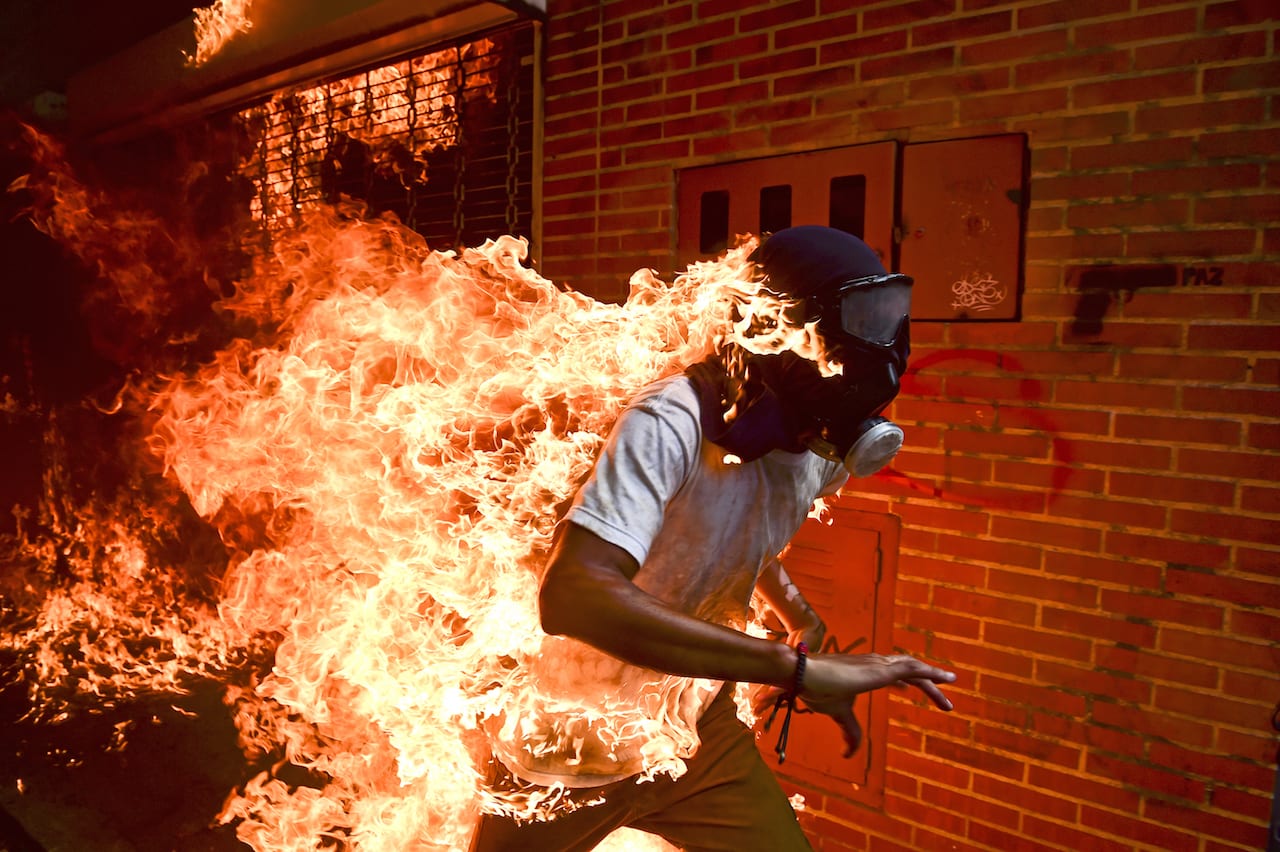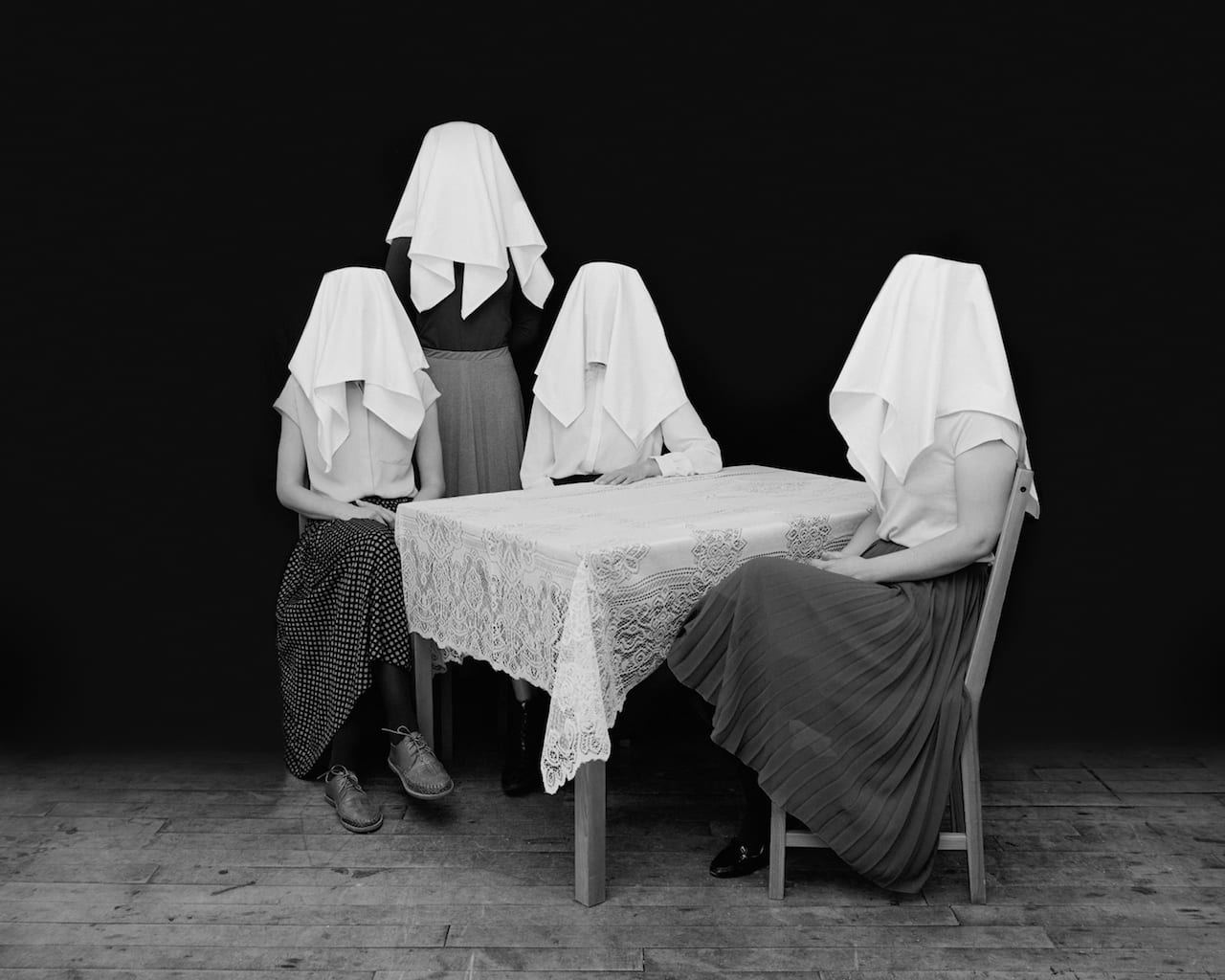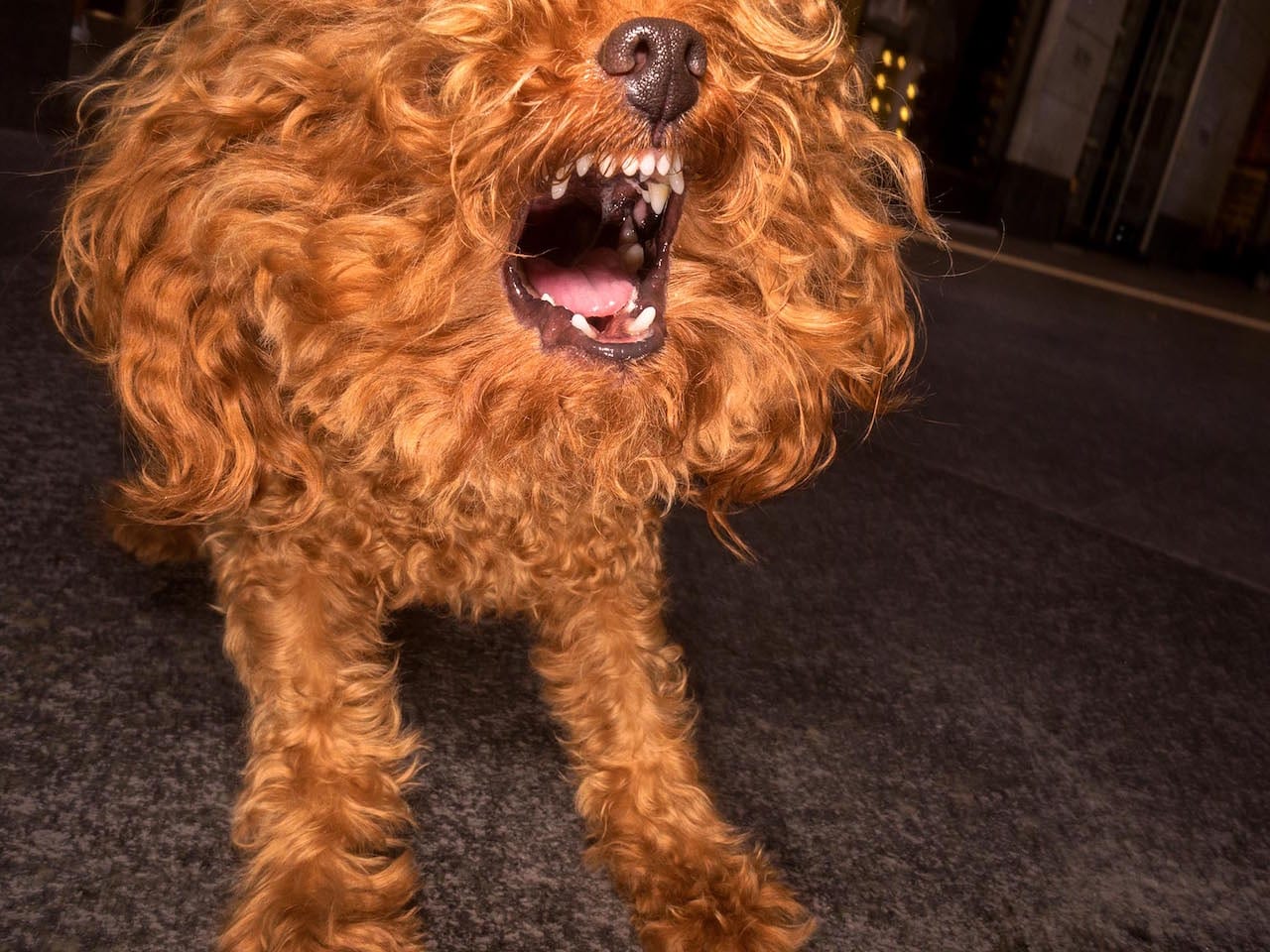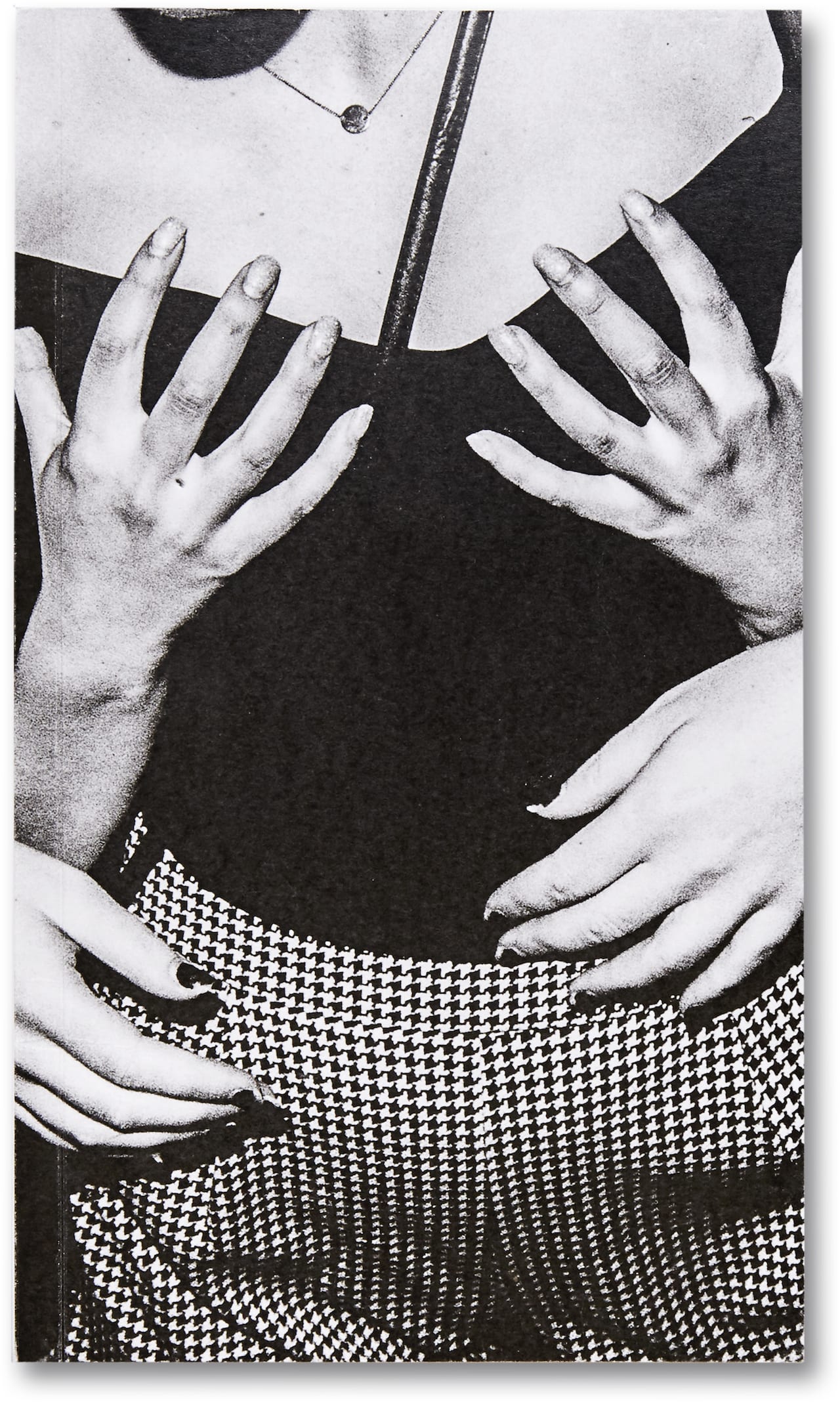Running since 2013, the PHM Grant has a reputation for finding interesting new photographers such as Max Pinckers, Tomas van Houtryve, and Salvatore Vitale. Now the 35-strong shortlist for the 2018 has been announced, with the winners due to be announced on 08 May and four prizes up for grabs – a first, second and third in the main award, plus a New Generation Prize. Each winner gets a cash prize plus a publication on World Press Photo’s Witness, a projection at Cortona On The Move and at Just Another Photo Festival, and promotion via PHmuseum. The jury handing out the awards is made up of photography specialists – Genevieve Fussell, senior photo editor at The New Yorker; Roger Ballen, photographer and artist; Emilia Van Lynden, artistic director of Unseen; and Monica Allende, independent photo editor and cultural producer. The jury is able to give Honourable Mentions, up to six in the main prize, and up to three in the New Generation Prize.
